
Manners & Etiquette
Visiting a Japanese Home
It is customary to bring a small gift, such as a box of sweets, when you visit a Japanese home.
A gift is usually brought in a paper bag (preferably a bag from the shop where you bought the gift) and nicely wrapped.
Before entering
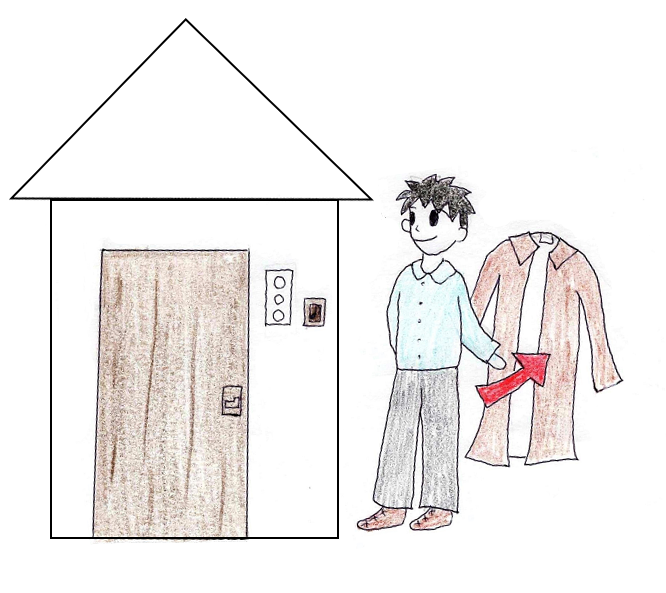 During the winter time, a guest is wearing a coat or hat,
he/she takes it off before the host opens the door.
During the winter time, a guest is wearing a coat or hat,
he/she takes it off before the host opens the door.
At the entrance
It is the custom in every Japanese household to take off one’s shoes when entering the house.
The shoes are turned around so that the toe faces the door after you take them off.
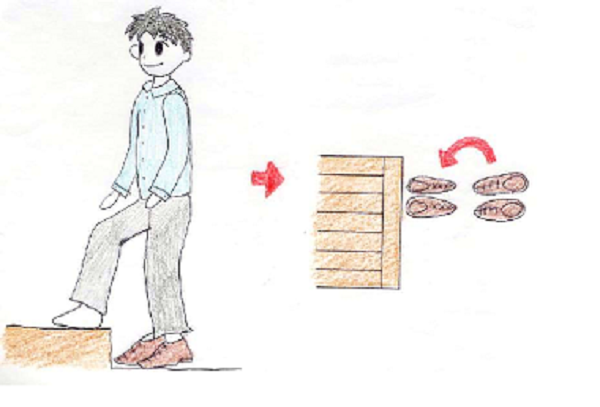
In the room
Instead of a chair, a cushion (zabuton) or a "zaisu" (a kind of legless chair) will be offered.
Sit on it in the formal, "seiza" position.
Sit with your big toes together to prevent your legs from getting paralyzed too quickly.
You will soon be encouraged to relax. Men should then sit cross-legged,
and women with their legs together to one side.
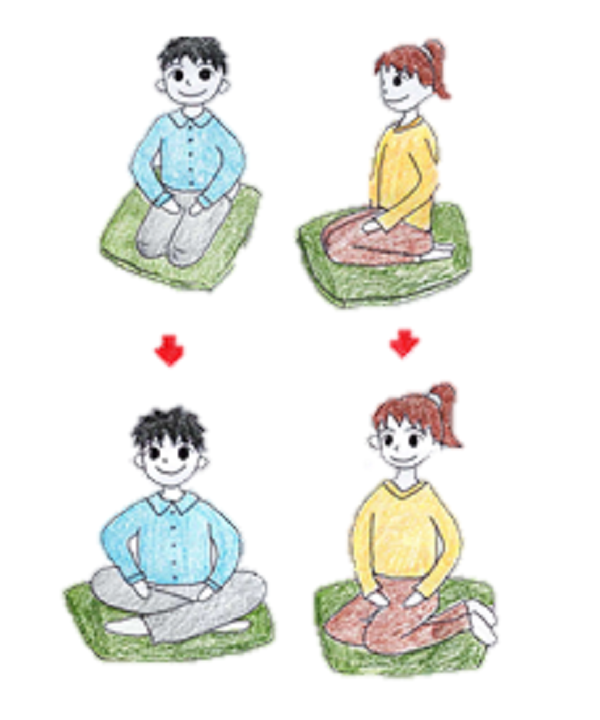
Tokonoma - a special alcove
Traditional Japanese rooms have a special alcove called "tokonoma" for the display of flower arrangements,
sculptures, hanging scrolls and objects d’art. It is bad manners to stand or sit on the alcove or put your baggage there.
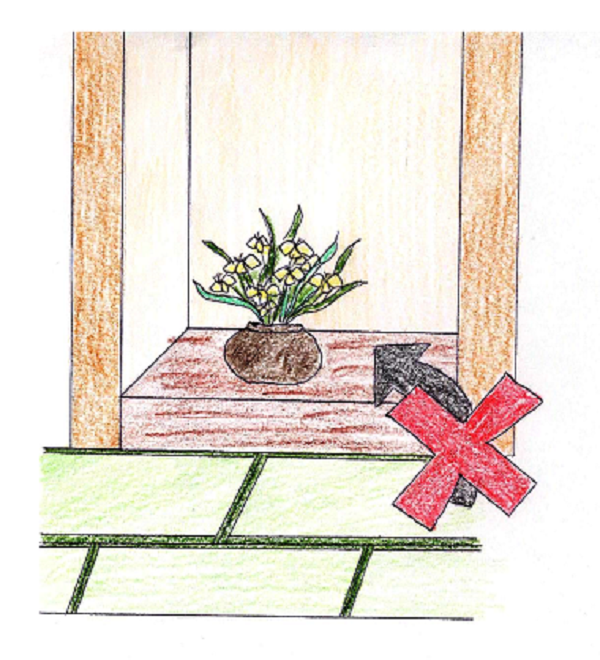
Time to go
It is always difficult to know when to leave, especially since politeness requires your hosts
to press you to stay a little longer. Green tea will usually be served after the meal,
and that can be an indication that it is about time for you to go.
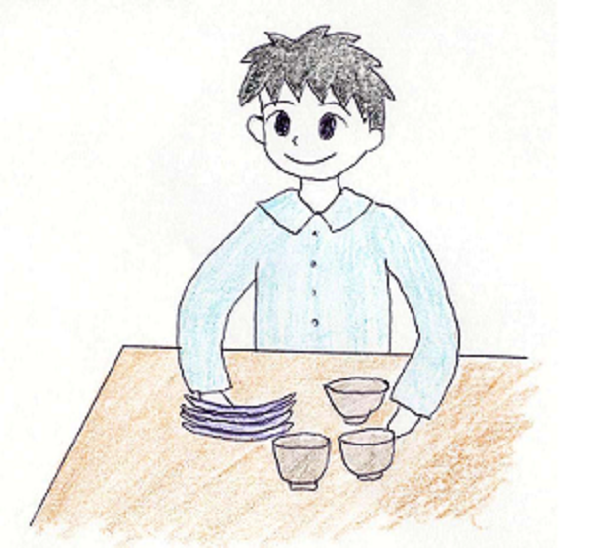
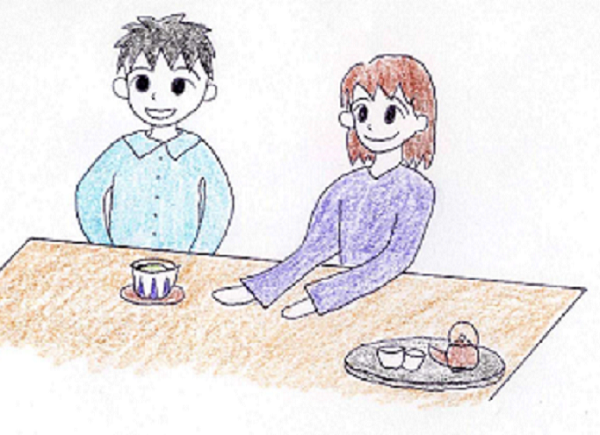
When leaving
When the guest is leaving, he or she does not put on the coat or hat until the door has closed,
unless the host or hostess encourages the guest to put it on inside the house.
When you have just moved in:
When you move into a neighborhood in Japan, it is customary to bring a small gift such as soap or
hand towels to each of the families in the vicinity and introduce yourself and your family.
 Unit 2-Manners & Etiquette
Unit 2-Manners & Etiquette To previous Unit 1 To previous Unit 1 |
 To next Unit 3 To next Unit 3 |
